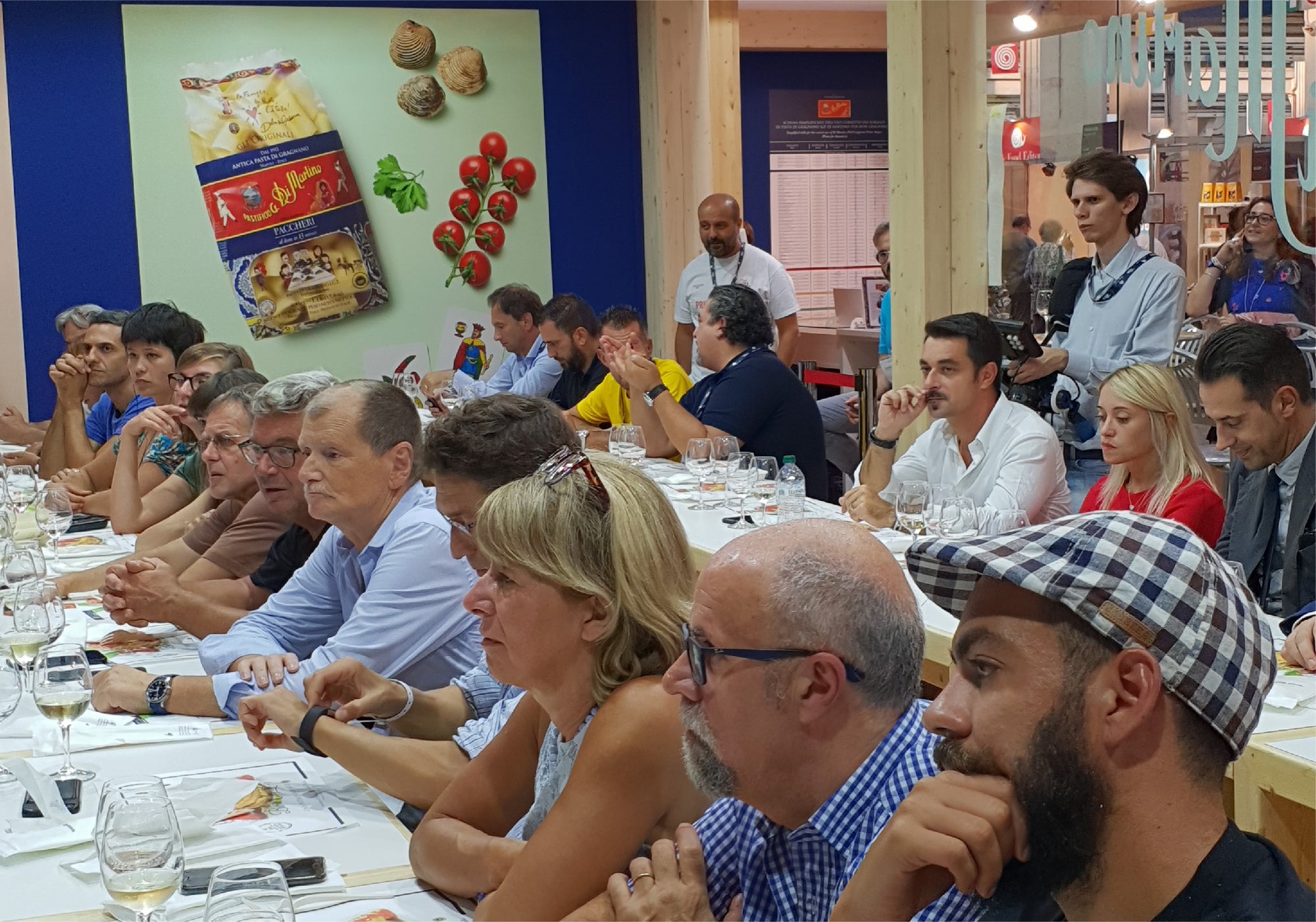A Family Story
The history of the Di Martino family, owner of the pasta factory of the same name for over 100 years, is written in the passion for pasta
The founder
Like all stories, that of the Di Martino family also has its protagonists, starting with the founder of three generations of pasta makers: Giuseppe Di Martino.
Due to the economic difficulties his family was experiencing, Giuseppe began to learn the secrets of producing white gold when he was still a child. In 1907, at the age of 10, he began working in a pasta factory whose owner had no sons to pass on his knowledgeable experience to. Giuseppe soon became "art leader of short pasta". When the owner of the factory where he worked realized that he could really trust him, he sold his shares to him. Thus was born in 1912 the Pastificio Di Martino which, then as now, was the first one encountered upon entering the town and, surrounded by streets, without directly neighboring neighbors, resembled an island
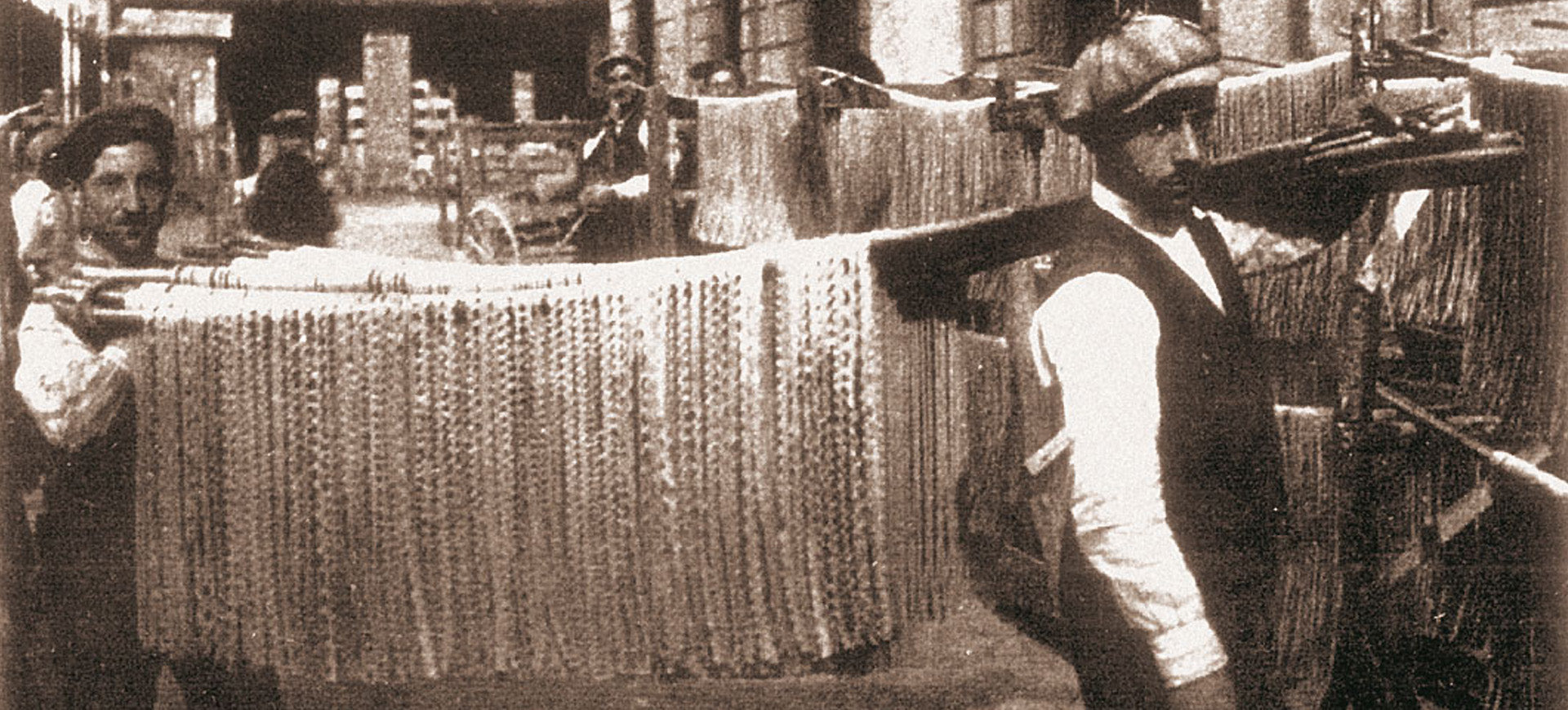
Conquering the world
Pasta, at that time, was sold loose and wrapped in the typical blue paper called "macaroni paper". It was then delivered in tin boxes or, more often, in wooden crates, with which it was also exported abroad. The geographical position of Gragnano has always facilitated the transport of goods by sea, so in 1915 Pasta Di Martino was the first to cross the Panama Canal and its quality was already known to Italian emigrants to America
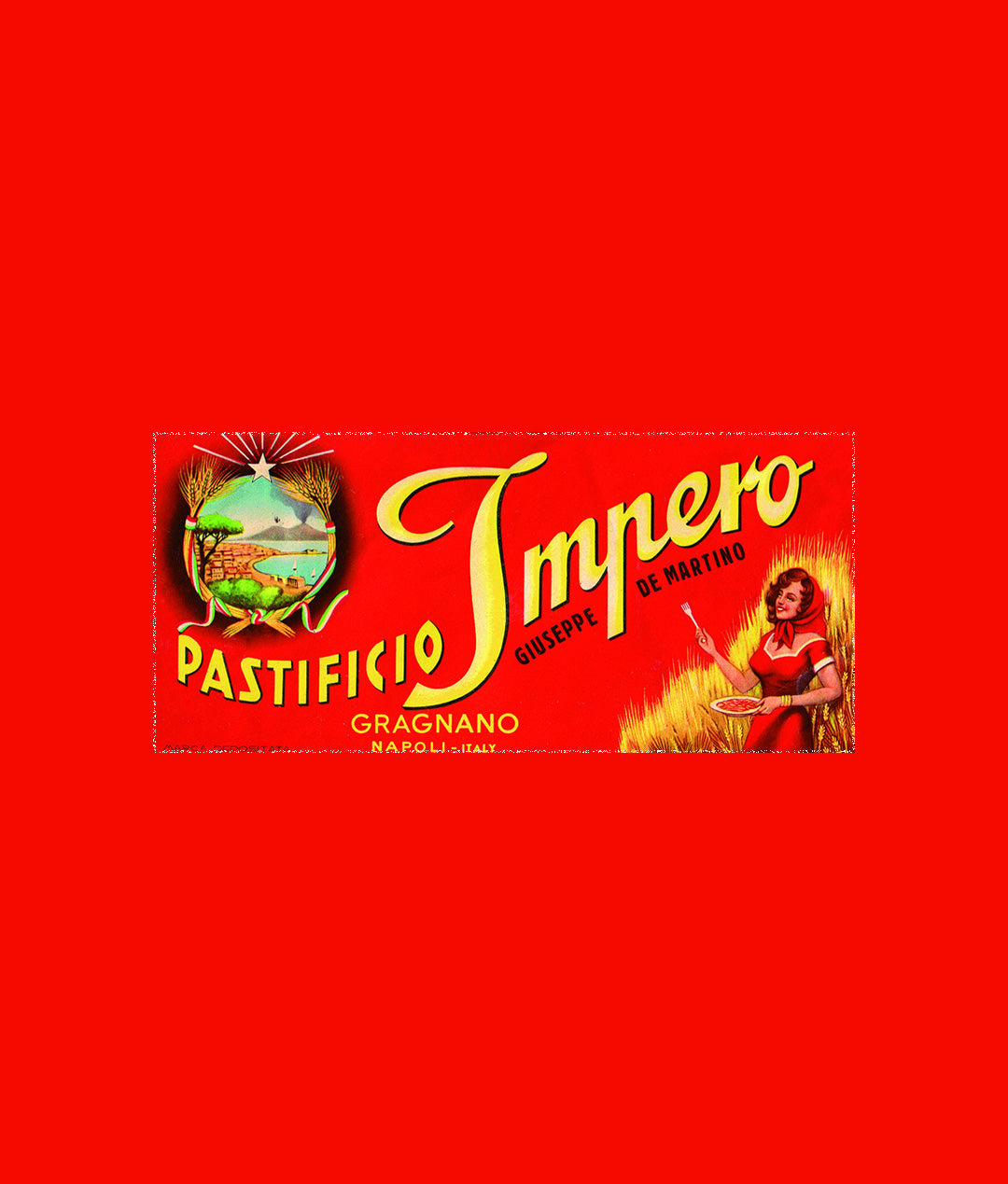
The advent of fascism
During the twenty years of fascism, the company name changed: the transition to "Pastificio Impero" was almost forced. Giuseppe Di Martino did not want to transform the sheaves of wheat into fasces, but had to make the female image of the logo blonder and more "Aryan". During the war period, many pasta factories suffered heavy setbacks. Castellammare Di Stabia was a military shipyard and Gragnano became a strategic place for supplies. Unfortunately, the bombings did not spare the Di Martino Pastificio, while the German troops raided it so as not to leave anything for the Allies. Thus, for a week, the Di Martino family was forced to recover the pieces of pasta stuck between the floor beams in order to feed themselves. In 1944 Giuseppe Di Martino also introduced two of his six children into the company: Giovanni and Gaetano, aged 16 and 11. They started, like him, from the ranks and it was then Giovanni who intensified the marketing of Di Martino pasta in Milan and Rome
After the war
In 1948, there was a change to the surname in the logo, which took on the correct form "Di Martino". In the 1950s, however, "Napolina" made its appearance, a brand used for export which was sold and is still used in Great Britain. Giuseppe modernized the machinery of the production cycle and also began to bring his other sons, Valerio and Vincenzo, into the company. Giuseppe Di Martino had a volcanic personality; he founded a sort of ante-litteram biodynamic company. In 1961, he was struck by the premature death of his son Giovanni. He managed the pasta factory until 1972. In the meantime, Gaetano had become responsible for production, Valerio for administration and Lucio for the commercial sector
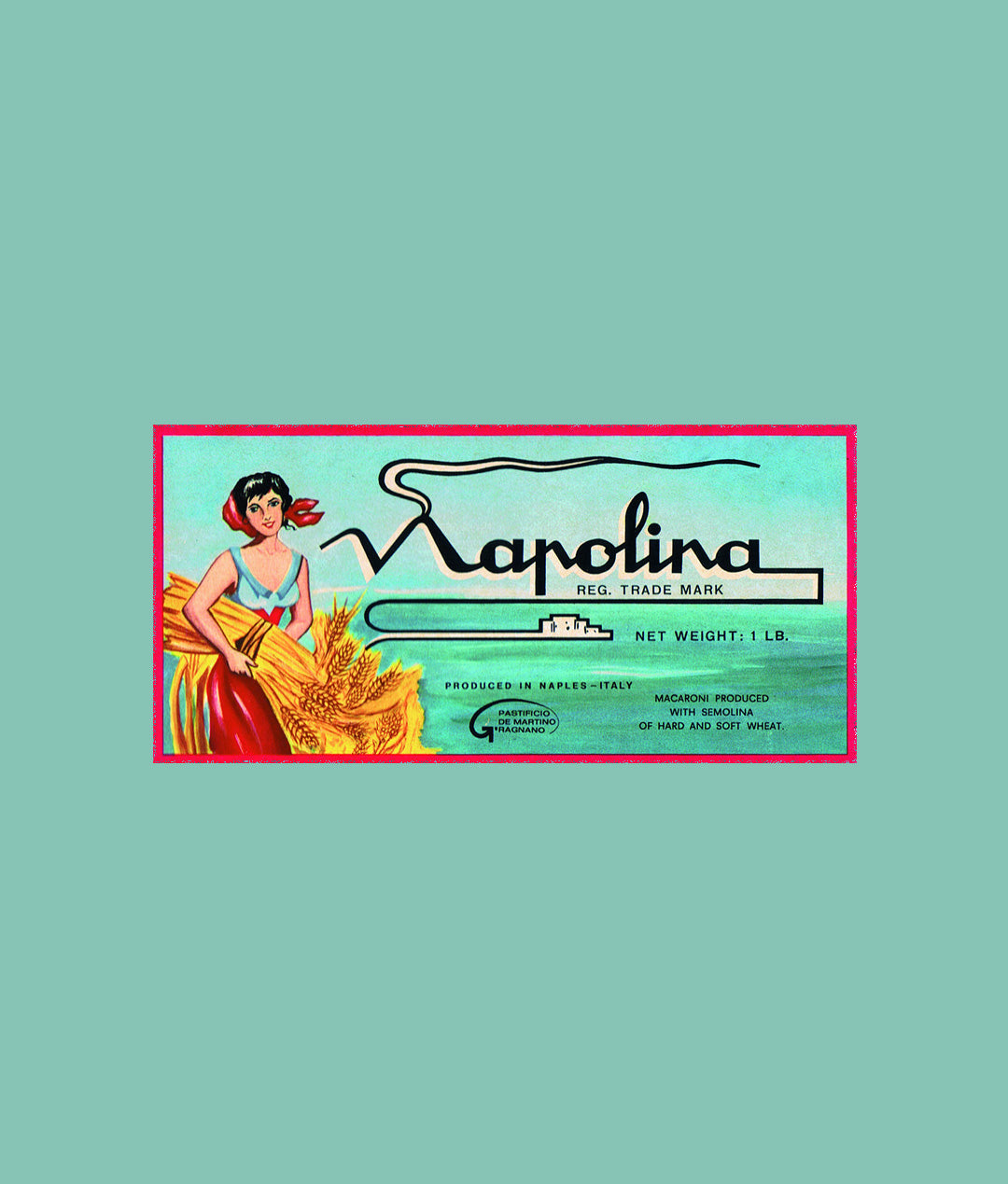
The seventies
It was a difficult period, due to the energy crisis and the strikes that resulted from it, also because the Di Martinos were used to very personal and trusting relationships with their employees, considered as family members. In those years, Giuseppe Di Martino was not afraid to get his hands dirty again and personally take care of the production together with his family. He died in 1977 and worked until a few days before his death
The earthquake and reconstruction
The terrible earthquake of 1980 was a hard blow for the entire company, but the second generation faced the titanic task of repairing the damage caused to the structure with tenacity and courage. Just six months after the earthquake, Pastificio Di Martino resumed business, totally dominating the pasta production scene in Gragnano. So in 1983 the Di Martino family built the first wing of the new pasta factory, investing beyond their economic possibilities and building a cutting-edge structure once again. Having overcome this adversity, Valerio Di Martino, a man of great sensitivity and humanity, specialized in administrative work, managing relationships with suppliers and staff. Over time he developed important skills in selecting semolina, a role of great responsibility which saw him involved in the birth of pasta. The strong personality of his brother Gaetano, a rigorous man with serene eyes, in which his two fragrant passions for the sea and for pasta coexist, soon became the new reference figure in the pasta factory and the keeper of the secrets of the pasta drying techniques . Given his love for mechanics, it was up to him to supervise the workers and the assembly of every new machine installed in the pasta factory. The sensitivity of the two brothers has acted as a sextant over the years in achieving the high quality standards that distinguish Di Martino pasta
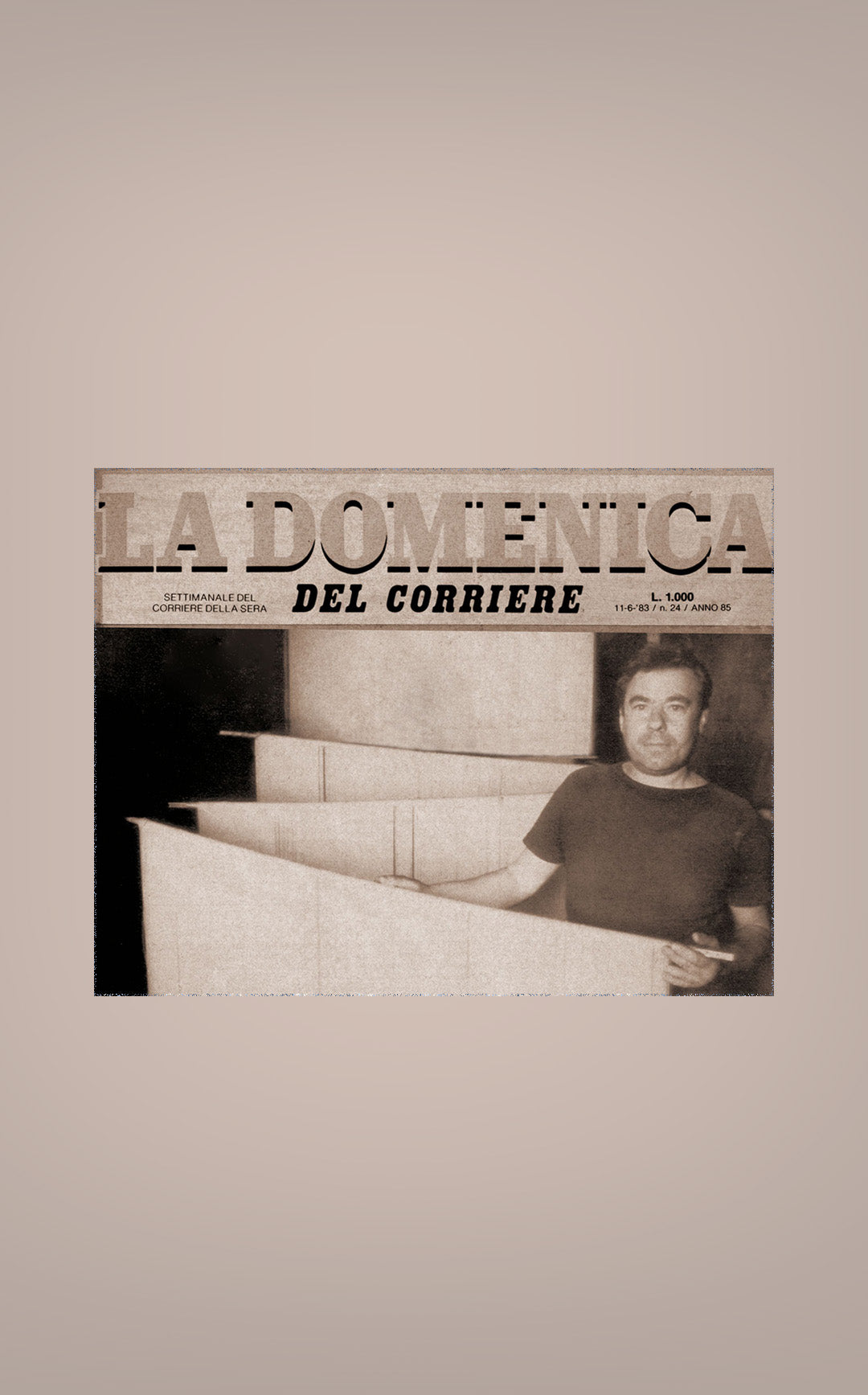
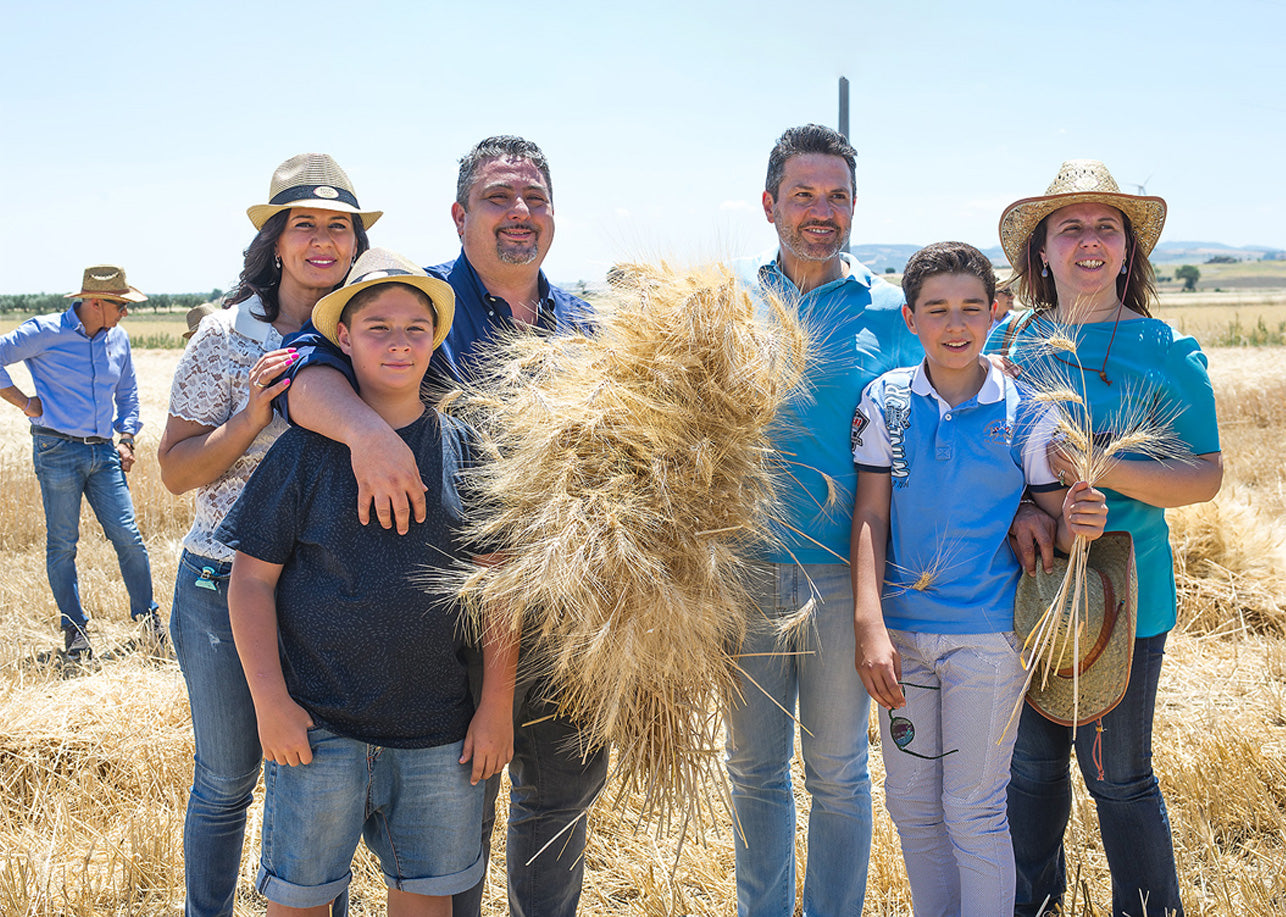
A mission that continues
Strengthened by over one hundred years of well-tested experience, today Giuseppe and Giovanna Di Martino, third generation pasta makers, carry on the family vocation with the same passion, based on the values of quality, craftsmanship, innovation, valorisation of the territory and its culture


